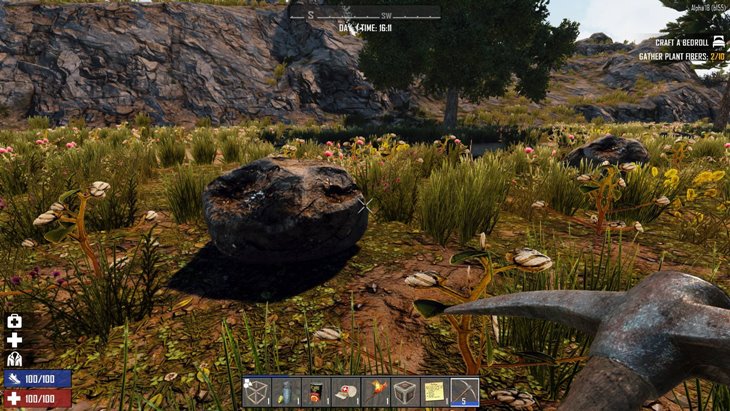

Among the sites possibly under question are two undersea coal mines that have been closed for decades: Mitsubishi’s former Hashima Coal Mine, popularly known as “Battleship Island” ( Gunkanjima in Japanese) off the coast of Nagasaki and Mitsui’s former Miike Coal Mine in Omuta, some fifty kilometers from Nagasaki city, or about an hour by car around the Ariake Sea in Kyushu. In July 2021, Japan’s public presentation of its “Sites of the Meiji Industrial Revolution” at the UNESCO World Heritage Committee annual meeting may be challenged. Please also see a statement sent to Minister Payne, Australian federal government, at the end of the article.


– Private Roy Whitecross, 8 th Division, Australian Army 1 Whenever we met one of the Australians who had been in the camp before our arrival and worked in the mine, we asked the same questions but could never get an accurate picture of what the mine was like down below. We were warned that our existence in and out of camp was governed by a multitude of rules and regulations. The camp held four nationalities: English, American, Dutch and Australian. It seemed that this was the largest prisoner-of-war camp in Kyushu, if not in Japan. “As we passed through the gates we saw a few Japanese soldiers grouped about a charcoal brazier in the open porch of a small building. Keywords: Prisoners-of-war, Japan, coal mining, World Heritage sites, Mitsui, Miike Mine
7 days to die coal map full#
Japan has a responsibility under its UNESCO World Heritage agreement to tell the full history of this and other “Meiji Industrial Revolution” sites. The role of Australian POWs in particular reveals that there was resistance inside Miike even at the height of abuse by Japanese wartime authorities. The use of prisoners was nothing new, as Mitsui and other Japanese companies used Japanese convicts as workers in the early decades of the Meiji era. Korean and Chinese forced laborers also were used by Mitsui in the mine. In World War II, Miike was Japan’s largest coal mine, but also the location of the largest Allied POW camp in Japan. Many are on private property.Abstract: Mitsui’s Miike Coal Mine is World Heritage listed by UNESCO as one of Japan’s “Sites of the Industrial Revolution.” The Japanese government, however, has failed to tell the full story of this mine, instead promoting bland tourism. More than a score of these towns have enough life in spite of the ravages of vandals and weather to be interesting to the special breed of human whose eyes light up at the mention of them. Quite a few towns have a number of inhabitants. If you look, you can read the names of legendary people written in the dust: Johnny Ringo, Russian, Bill, Toppy Johnson, Roy Bean, Butch Cassidy, Madame Varnish, Black Jack Ketchum, Mangas Coloradas, Billy the Kid, James Cooney. They molder into oblivion, their shells of buildings like specters against the sky, these towns that witnessed some of America’s most romantic and rapacious history.Īnd if you listen, you can hear the names of fabled mines whispered on the wind: Bridal Chamber, Confidence, Little Hell, Calamity Jane, Hardscrabble, Mystic Lode, North Homestake, Little Fanny, Spanish Bar. Literally hundreds of towns not only died, they vanished.īy some estimates, New Mexico is home to more than 400 ghost towns - most are nothing more than a few foundations and some occasional mining equipment.īut traces of many linger on, haunting ties to days that used to be. A few were farming communities that flourished for a time and mysteriously fell silent. Most were mining towns, where men lusted after the earth’s riches - gold, silver, turquoise, copper, lead and coal. But in the late 1800s, each had a moment of glory that blazed and died like a sudden flame."


 0 kommentar(er)
0 kommentar(er)
